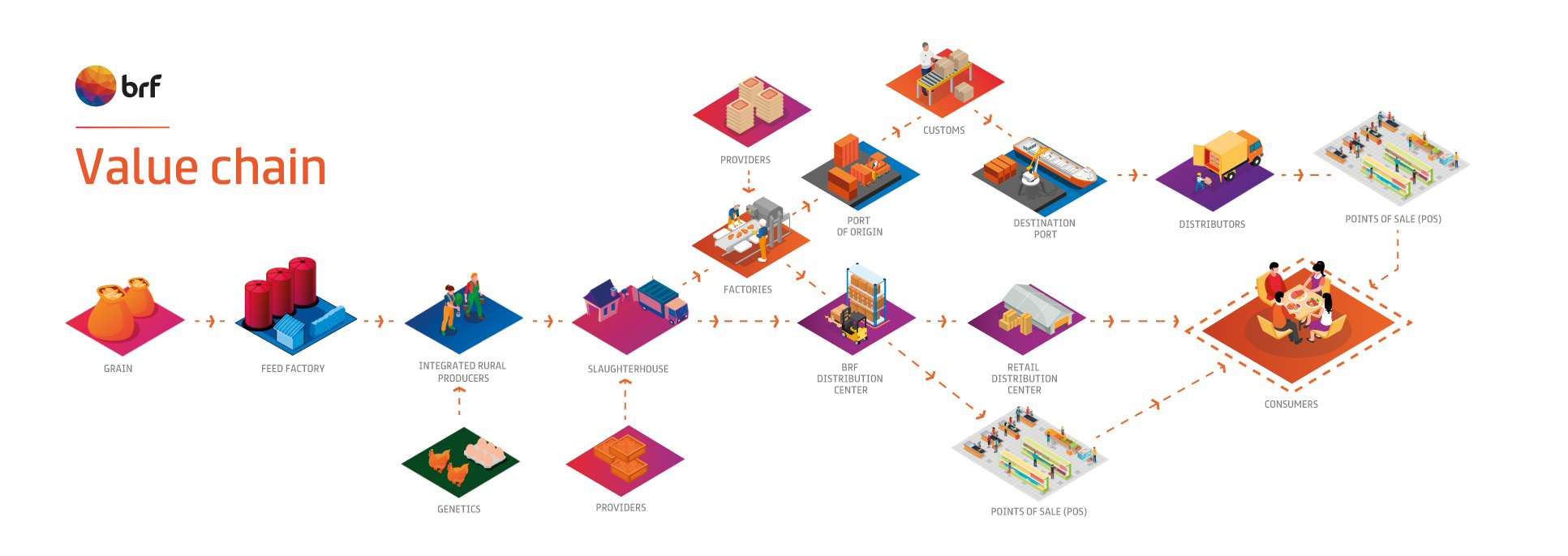Traceability
From packaging to animal protein, passing through the stages of transportation and distribution to the consumer market. The life cycle of our products has economic, social, and environmental roles continuously managed.
At the production stage, compliance with hygiene and safety standards, as well as the recording of information on raw materials, raw materials and packaging, among other things, are crucial to ensure quality in the marketing of products. To this information we add the records obtained in the control of all our processes and also the information necessary to maintain the quality standard along the chain, such as the temperature of cooking, cooling, storage and transport of the products.
All this must be accompanied by our traceability process, in order to guarantee the safety of the procedure and contribute, above all, to the approval of customers, consumers and regulators.
SCREENING TECHNOLOGIES
Traceability represents the capacity that we have to connect all the relevant information recorded throughout the history of production and distribution of the products or of a lot sent to the consumer market. That is, it is extremely important to connect information from the following points:
What
Identify which product is being tracked.
Where it came from
Identify the source of the product being tracked.
Where did you go
Know all the destinations that this product will have.
For this monitoring to be effective, it depends on the synergy of different technologies, such as the
Intelligent Storage Systems (Warehouse Management System – WMS), the Temperature Sensors, and the search for integration with advanced information tracking systems, such as , the technology of Blockchain.
Implementing a product verification and validation process, which is agile and that provides information to improve the production chain, helps the company not only to meet the legal requirements, but also to differentiate itself from the competition.

